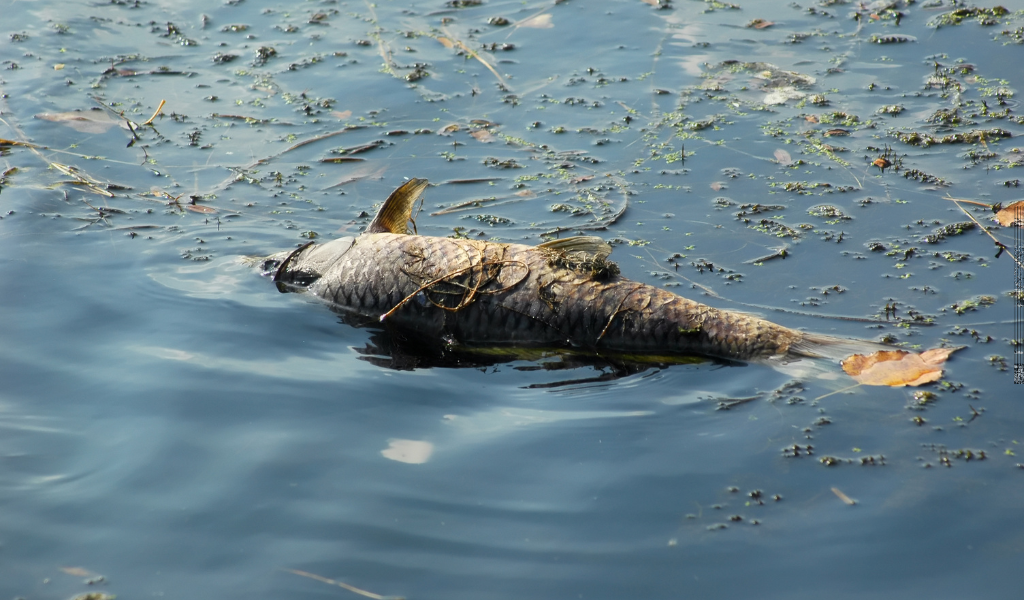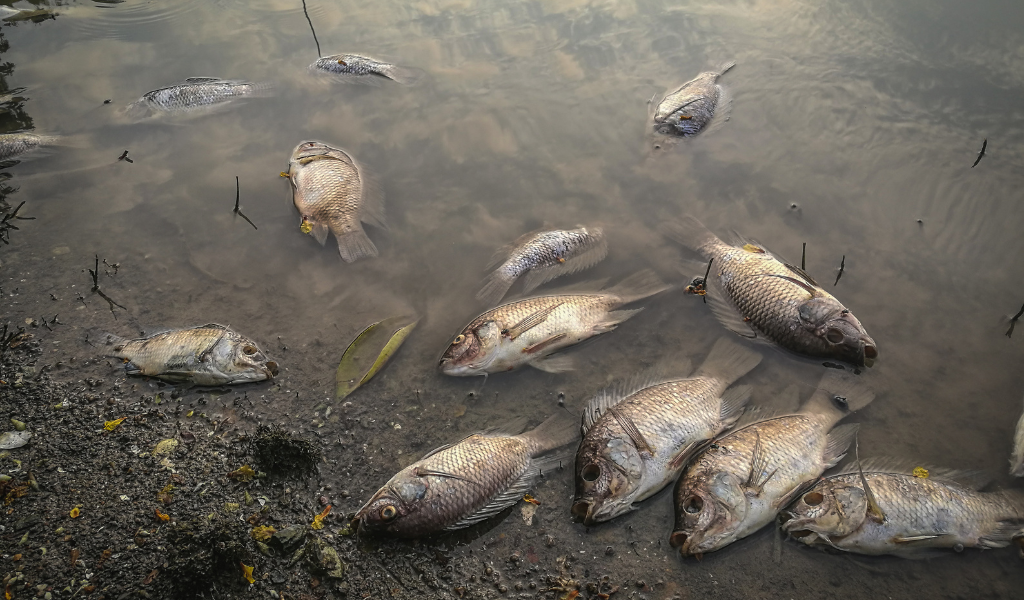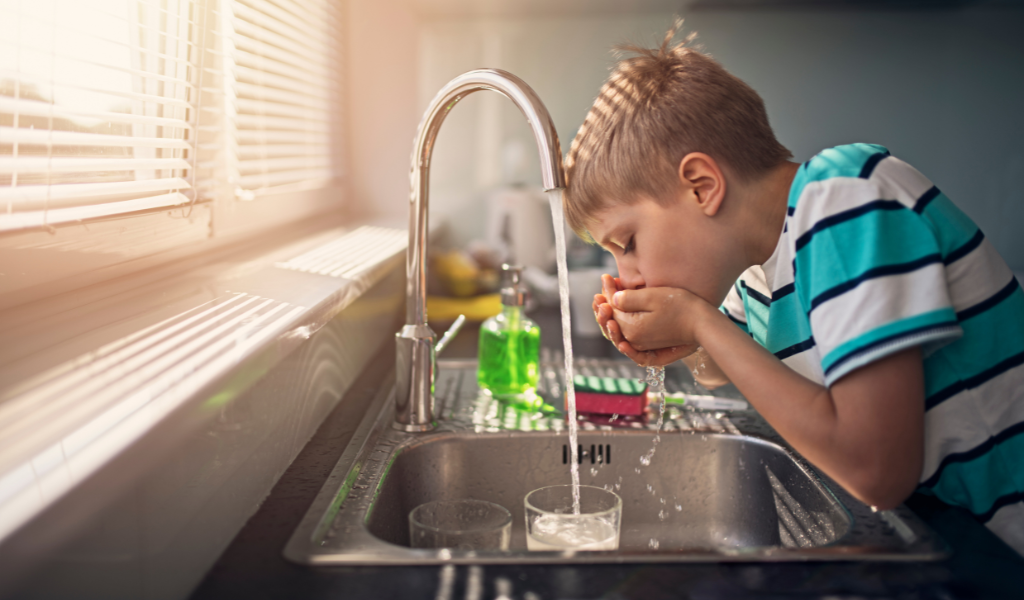A common but largely untrue belief is that big cities do not experience water crises. In contrast, countries and cities with adequate water resources are not entirely safe from water scarcity.
Causes of water scarcity often differ, from the failure of distribution systems and infrastructures to pollution, contamination, and inadequate management of water resources. Climate change is also somewhere in the mix, alongside a few other human factors.
Having established the existence of water crises even in big cities, the big question is how do we approach this delicate situation?
How Common Are City Water Crises?
Water crises are more common than we may want to believe. In terms of global numbers, about 2 billion people do not have access to water globally, while over 4 billion experience scarcity of water for at least one month within a year. Unfortunately, the United States is not left out of this development. According to a joint report published by the US Water Alliance and Dig Deep titled “Close the Water Gap”, over two million American citizens are currently without running water, and 44 million Americans can only access water sources that do not meet the requirements of the Safe Drinking Water Act.
The residents of Jackson, Mississippi, experienced a water crisis that lasted over a week in September 2022, in addition to an existing advisory to boil water from faucets three months before the crisis. Houston similarly faced issues accessing clean water due to a power outage at a water purification plant. Residents were subsequently advised to boil their water before drinking and for other domestic applications. There were also reports of arsenic contamination in tap water in a New York City public housing complex and sewage contamination of West Baltimore’s water supply.
The Most Recent Water Safety Concerns
The more recent water crisis was connected to the Ohio train derailment situation. A freight train carrying hazardous chemicals derailed and exploded in East Palestine, Ohio. Officials adopted a control burn mechanism to prevent further explosions and contain these harmful chemicals. However, the release of toxic chemicals like vinyl chloride and persistent pollutants into the atmosphere means residents may have to deal with the resulting health concerns for a long time.
The Ohio EPA reported that tests on five wells supplying drinking water to the village showed no contaminants associated with the derailment. However, the Ohio Department of Natural Resources estimates that over 7 miles of streams have seen at least 3,500 dead fish, mostly small ones.
Ohio Republican Senator JD Vance has challenged EPA Administrator Michael Regan to drink the local water if he claims it is safe. Vance expressed distrust in the water supply and advised residents to drink bottled water provided by the government for free.
But, is bottled water really the best alternative? According to research, bottled water contains more bacteria than tap water, with some brands found to harbor levels 100 times above permitted limits.
Health Implications of Water Crises
Water crises often leave people with insufficient water or contaminated water that is unfit for drinking and other domestic uses. In the case of the latter, the contaminated water is unfit because it often contains harmful contaminants like vinyl chloride, lead, arsenic, and other heavy metals, as well as pathogens like bacteria and parasitic worms that cause different diseases in humans, including diarrhea and schistosomiasis.
Depending on the cause and extent of the crises, the air quality may also be impacted, resulting from the suspension of harmful particulates in the air, including smoke, fluorocarbons, and more. These air-borne toxins and toxic substances are known to irritate or block the lungs and bronchial passages. They may also worsen into chronic respiratory diseases and infections such as asthma, pneumonia, and others.
In addition to shortages of drinking water and poor quality of drinking water, water crises in cities adversely affect hygiene and sanitation. The unavailability of safe water for cleaning and sanitation exposes people to the risks of many diseases. There are also attendant recreational risks, considering the water sources affected are no longer safe for water-related recreational activities such as swimming, boating, and fishing.
Dealing with City Water Crises
Prevention is not always effective when it comes to water crises. Therefore, individuals must devise effective and practical means to access safe and healthy water for drinking and other domestic applications. This is where water purification solutions come in.
Aside from contaminated or polluted water, tap water from municipal plants contains some contaminants that render the water unsafe for drinking. When this water comes into your household plumbing system, it often contains contaminants like uranium, herbicides, pesticides, arsenic, lead, chlorine, fluoride, copper, iron, and others. These contaminants often cause severe health concerns in the long and short runs.
The only way to make your drinking water clean and safe for drinking is to adopt the right water purification system. More American families are adopting this option, which explains the increasing popularity of ultraviolet, ceramic, carbon filter, and reverse osmosis water filtration methods. These efficient and reliable systems are designed to reduce the most harmful impurities in tap water, ensuring that the filtered water is safe for drinking and other domestic uses.
For example, after the Ohio train derailment, residents nearby and even the whole nation are questioning can vinyl chloride be removed by a water filter? Luckily, as proven by EPA, reducing vinyl chloride from water is possible by using methods like granular activated carbon and packed tower aeration. That is to say, installing an activated carbon filter can remove most of the vinyl chloride to a level below the EPA’s standards.
How Effective Is Reverse Osmosis Water Filtration?
The truth is, your water may be more harmful than you think, that’s why reverse osmosis water filters are increasingly favored by people. The reverse osmosis water filtration method is the most efficient of the options mentioned above.
Reverse osmosis systems rely on reverse osmosis (RO) technology to remove most contaminants in tap water. The technology involves forcing water molecules through a semi-permeable membrane. The small size of the pores on the semi-permeable membrane ensures that only pure water molecules can pass when the feed water is forced through it, with the impurities retained on the other side.
The reverse osmosis filtration process is simple and effective. It has proven to consistently provide contaminant-free water while helping to save more money compared to buying bottled water.
For example, the Waterdrop G3P800 under sink RO system runs on reverse osmosis technology to filter contaminated water. It is equipped with a UV sterilizer that turns on automatically once it detects the flow of water, rendering a 99.9% reduction rate of bacteria and viruses. Its nine-stage filtration process means it is effective against most impurities and chemicals in the water, including:
- TDS
- PFAS (per- and polyfluoroalkyl substances)
- Fluoride
- Lead
- Heavy metals like chromium, arsenic, iron, radium, and calcium
- Salts like nitrate and chloride
RO filtration systems are also designed to remove foul odor and bad taste from the water, ensuring that the filtered water tastes great and has no odor. They are mainly designed for easy installation, operation, and maintenance. All you have to do is connect it to your main water supply, and it will filter your water directly from the source.
Always Prepare for Water Safety Issues
Whether you are living in rural areas or big urban cities, you are not entirely immune from water crises and the associated problems. Therefore, even when it does not seem like there is an imminent situation that may cut you off from the municipal water supply, it is recommended that you plan ahead.
Installing an effective water purification system like the reverse osmosis water filter will ensure you and your family never run out of clean, healthy, and great-tasting water. That way, you and your loved ones can stay hydrated and get enough water for your domestic activities. Help your family stay safe, healthy, and protected from the severe harms associated with contaminated drinking water today.






